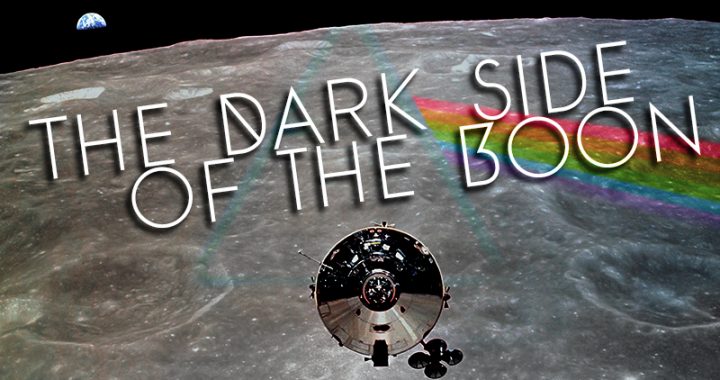Whither stagflation? Say it isn’t so! Like it or not, the unrounded core inflation for January came in closer to a gain of 0.4%. In other words, look for the year-over-year rate’s next stop to be 1.9%. What could offset this march upwards? New car prices fell month-over-month and year-over-year. This trend should accelerate as millions of SUVs come off lease this year.
The question is, does the threat of rising inflation become a self-fulfilling prophesy?
We’ll know with tomorrow’s release of the producer price index. That’s where the real action is that’s driving inflation — the front end of the pipeline. For more insights into what is driving input prices, link on to my fresh off the presses Blomberg column: Inflation’s Real Threat to the Economy.

As for investors, it’s plain they’re anything close to game for a hawkish turn at the Fed. Call it the global grab for easy money. My good friend, George Goncalves, is Nomura’s Head of U.S. Rates Strategy. He’s just returned from a tour through Europe and was kind enough to share his insights into the thinking of investors across the pond. In the interest of gauging clients’ expectations for growth and inflation and how the Federal Reserve’s reaction to changes in the economy and financial markets fit into the equation, he received the following four queries:
“What would it take for the Fed to skip March, when does it need to signal?”
And if it hikes in March “why would it raise the dots at this meeting when it can just wait and see how financial markets and the economy react and raise forecasts in June instead, especially since it’s Chair Powell’s first presser?”
“How much of an FCI (financial conditions index) hit is needed for the Fed to abort normalization?”
“Will Powell go slowly to avoid any backlash from the Trump Administration?”
Granted, these questions are to be expected after a downdraft in equities after months (years) of a non-stop rally. That said, the underlying tone suggests that many market participants are still banking on the Fed to act as a back stop should conditions worsen.












Leave A Comment